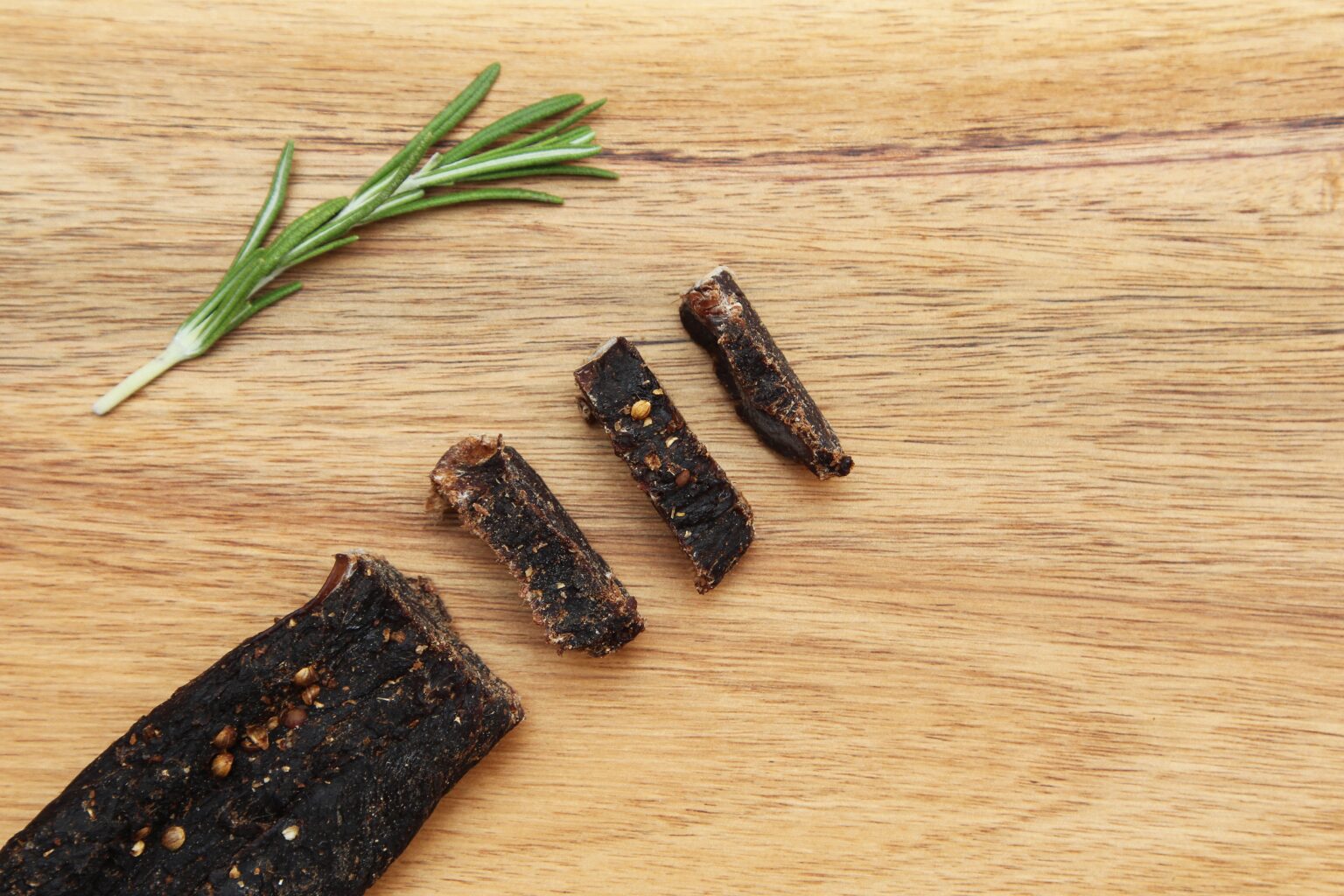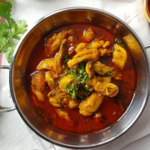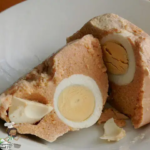When it comes to exploring the rich tapestry of South African cuisine, one cannot overlook the unique and flavorful delight known as biltong. Hailing from the vibrant food culture of South Africa, biltong is a beloved dried meat delicacy that has captured the taste buds of locals and international food enthusiasts alike. Its distinctive texture, deep flavors, and cultural significance make biltong an essential part of South African culinary heritage. Join us as we delve into the origins, preparation, flavors, and cultural importance of this delectable dried meat treat.
Origins and Cultural Significance:
Biltong can trace its origins back to the early days of South African history when indigenous tribes used drying techniques to preserve meat for extended periods. Over time, this preservation method evolved, and biltong became an integral part of South African culture, particularly among the Afrikaner community. It is often associated with outdoor activities, social gatherings, and sporting events such as rugby matches.
Biltong is not just a culinary delight but also a symbol of heritage, pride, and the spirit of community in South Africa. It has become a national snack, and its consumption is deeply ingrained in the South African way of life.
Preparation and Flavors:
Biltong is typically made from various types of meat, with beef being the most common choice. Other meats such as game, ostrich, or even fish can also be used to create unique variations of biltong. The preparation process involves marinating the meat in a combination of spices, vinegar, and sometimes Worcestershire sauce, allowing it to absorb the flavors before being air-dried.
The marinated meat is then hung or placed in a well-ventilated area to dry slowly, a process that can take several days to weeks. The result is a firm and slightly chewy texture with a concentrated flavor profile that intensifies over time.
The spices used in biltong vary depending on personal preference and regional variations, but common ingredients include coriander, black pepper, salt, and sometimes chili powder or other spices for an extra kick. These spices not only enhance the flavor but also act as natural preservatives.
Texture and Serving Suggestions:
The texture of biltong is a defining characteristic that sets it apart from other dried meat products. Unlike its jerky counterparts, biltong is typically cut into thin, long strips or bite-sized chunks, allowing for a more enjoyable and tender chewing experience. The texture can range from slightly soft and moist to dry and firm, depending on personal preference.
Biltong can be enjoyed in various ways. It is often savored on its own as a snack, providing a burst of protein and flavor. It pairs excellently with a cold beverage, such as a South African lager or a refreshing fruit juice. Biltong is also a popular ingredient in sandwiches, salads, and other dishes, adding a robust meaty flavor and texture to the meal.
South African biltong is not just a dried meat delicacy; it is an emblem of South African culture and a testament to the ingenuity of preserving food in a challenging environment. Its unique texture, intense flavors, and cultural significance make it a treasured snack and a source of pride for South Africans.
Whether enjoyed as a snack on the go or incorporated into various dishes, biltong offers a one-of-a-kind taste experience that embodies the essence of South African cuisine. So, if you ever have the chance to savor this dried meat delicacy, embrace the rich flavors, relish the distinct texture, and discover a taste that is uniquely South African.








